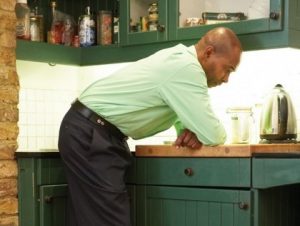A big question people with breathlessness face is how much activity is too much?
We need to take a look at what they are doing, how breathless they get and what measures are in place to manage that and return to a pre-activity level when the task is finished. The bottom line is the need to keep moving. If you say I’m breathless and stop then you will decondition and the breathlessness will increase. You need to be active to a level you can use techniques to control the breathlessness and not let it get out of hand in order to keep daily activities maintaining muscle conditioning. Muscles that preserve your balance, help you breath and maintain mobility and independence.







